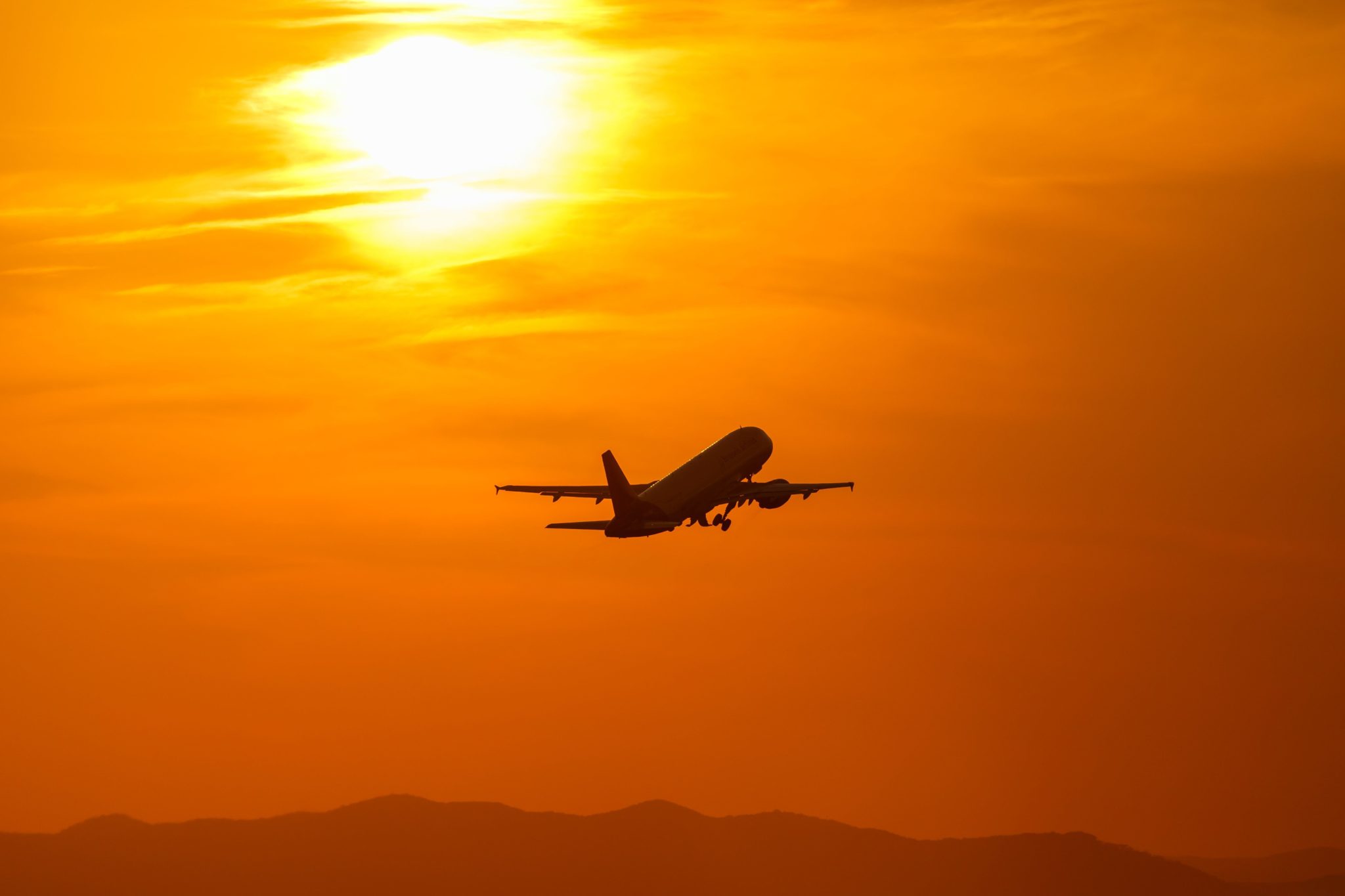A COVID-19 alarm could soon be seen in offices, classrooms or even aircraft cabins.
New research and technology is aiming to make them a reality to detect the virus more easily.
The device, about the size of a smoke alarm, would be placed on a wall and constantly be taking air samples.
Professor James Logan is head of the Department of Disease Control at the London School of Hygiene & Tropical Medicine in England.
He told Pat Kenny it would allow people to take early action.
"The sensors would pick up the chemicals being given off by somebody who's infected with COVID, and would then be able to alert the person.
"For example, it might be an aircraft, so the aircraft staff would be alerted - or a teacher would be alerted - that within that room there's a potential infection.
"Those individuals could then be asked to take a test - a PCR test, or another test, or self isolated - to then find who is infected within that room".
'Distinct COVID odour'
Prof Logan explained they are working with sensor company, Roboscientific, to detect changes in body odour.
"The chemicals are associated with COVID infection - we know from lots of other studies that we've done that when you have an infection your body odour changes.
"For COVID we are identifying what those compounds are, and we... have sensors that are tuned into the specific smell of COVID.
"It's not something that we can smell ourselves, but it is something that these machines - and even dogs - can smell it as well.
"So there is a really distinct COVID odour that the sensors can pick up on, and distinguish between people who are infected and uninfected."
 An Airbus A320 airplane is seen at Vienna Airport in Austria
An Airbus A320 airplane is seen at Vienna Airport in AustriaHe said while humans have long used their sense of smell to detect changes, it is now being harnessed in this way.
"Over the last 10, 20 years we've begun to understand the science of odour and how it changes when we have an infection.
"It's actually been known for hundreds and hundreds of years: even in medieval times people would use their sense of smell to diagnose somebody.
"TB smells like stale brown bread, and Yellow Fever smells like the inside of a butcher shop.
"So we've known that disease can change the body odour, but it's only recently that we've begun to develop the technology to allow us to detect those very, very small changes in odour that are quite subtle.
"We know that dogs can do it extremely well, because they have many more receptors than we do, but now the machines have sought of caught up".
Real world testing
He added that while the work in the first phase of the project was in a lab, they are moving forward to 'real world' environments.
"The next stage is to do it in a real environment, and we're trying to raise funding at the moment to allow us to carry that forward.
"But so far, the results that we've got have shown that the sensors can do this with extremely high accuracy - between 97% and 100% accuracy in terms of detecting whether somebody's infected or not".
A handheld version of the device is also being developed.
The handheld device could be used in place of PCR and LFT testing as a faster and less invasive diagnostic, the study said.
While the room-based device could screen larger areas, with air analysis results within an estimated 30 minutes.
The study used body odour samples from socks worn and donated to the team by 54 individuals - 27 COVID-19 positive individuals who were asymptomatic or had mild symptoms, and 27 uninfected individuals.
These samples were then analysed by a RoboScientific analyser, fitted with 12 organic semi-conducting sensors.









